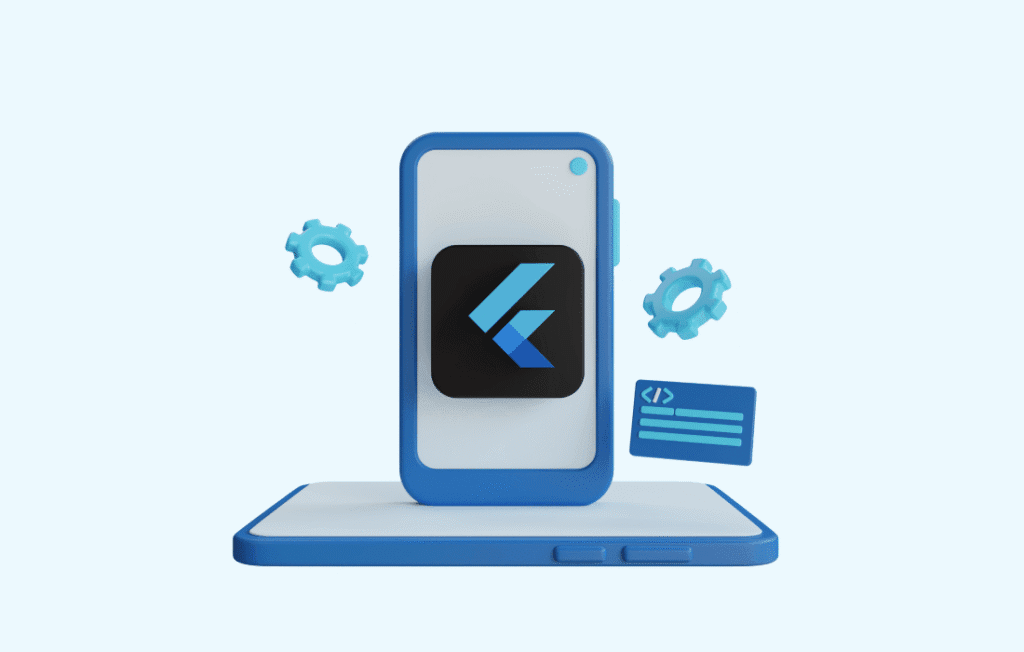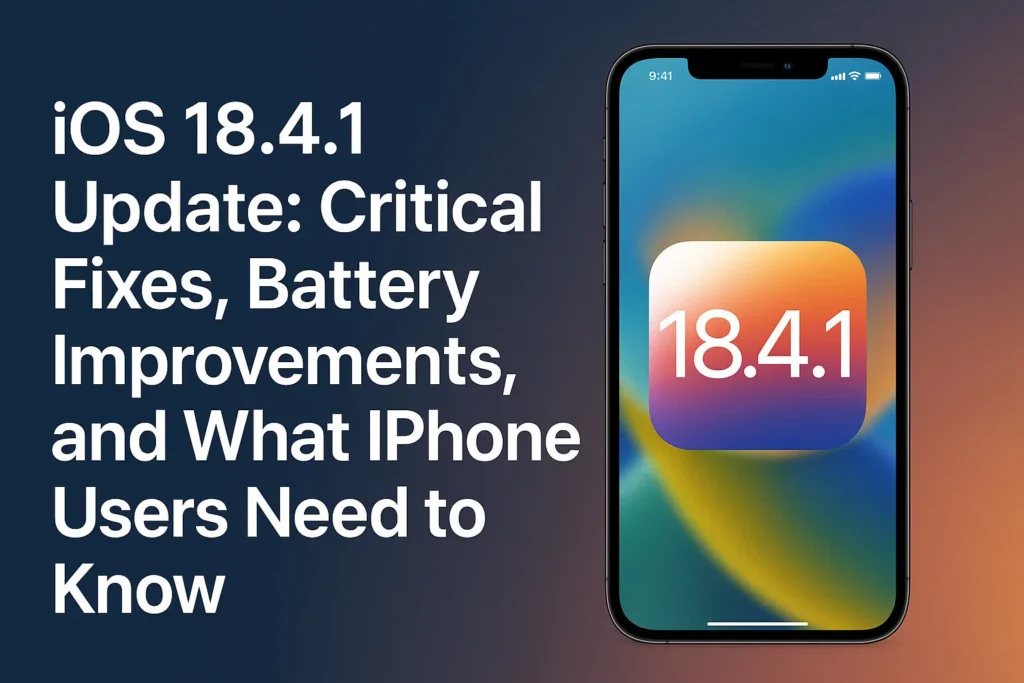Flutter has quickly transformed from a new SDK to one of the leading cross-platform mobile app development choices. As businesses aim to speed up time-to-market and expand their customer base, Flutter offers a high-performance solution for building web, mobile, and desktop applications. With its ability to create a seamless user experience across multiple platforms using a single codebase, Flutter remains a strong contender in the tech world. However, it’s essential to weigh its advantages and disadvantages in 2025 to make informed decisions.
The primary benefits of Flutter include its ability to streamline development with a single codebase for Android, iOS, web, and desktop, reducing both time and cost. Additionally, its high performance and customizability, especially for UI design, make it an appealing option for developers and businesses. However, challenges like larger app sizes and the learning curve of Dart (Flutter’s programming language) can pose potential drawbacks.
For businesses seeking to leverage Flutter for their app development, it may be beneficial to hire a Flutter programmer to ensure optimal performance and scalability. Despite some drawbacks, the SDK’s overall speed, flexibility, and developer support make it a valuable tool in the competitive tech landscape.
In summary, Flutter in 2025 offers a powerful, cost-effective, and versatile solution for businesses looking to reach a broad audience while maintaining high-quality apps. However, understanding its limitations is key to leveraging its full potential.
What is Flutter Technology?
Flutter is an open-source software framework created by Google for developing user interfaces. It allows developers to use a single codebase to build mobile, web, and desktop applications. Since its inception in 2017, Flutter has evolved significantly, offering many libraries, plugins, and strong community support.
Read also about the Top Benefits of Choosing Flutter for Travel App Development
Its most notable feature is the ability to deliver a seamless and smooth user experience across a variety of platforms by utilizing a single language—Dart. Flutter’s inbuilt Skia rendering engine allows it to create pixel-perfect UIs that behave like native applications.
Flutter SDK
The Flutter SDK is the central part of the development platform. It includes the following components:
Flutter Engine: Responsible for rendering, input handling, and platform-specific API calls.
Foundation Library: A set of fundamental classes and functions used for constructing applications.
Widgets: User interface elements that form the core of your app.
DevTools: A suite of debugging and performance tools.
In 2025, the SDK offers better support for foldable phones, WebAssembly, and tighter integration with third-party backends and APIs, making it more future-proof than ever before.
What is Dart?
Dart is the programming language used by Flutter. Created by Google, Dart is UI-focused and was designed specifically for efficient UI development. Its modern syntax is easy to learn for developers who are familiar with languages such as JavaScript, Java, or C#.
Key Features of Dart:
Hot Reload: Allows you to modify code and see the effects immediately, speeding up development and debugging.
Null Safety: Prevents null reference exceptions, ensuring safer code.
Concurrency with Isolates: Facilitates scalable background processing.
Dart’s performance and just-in-time compilation have been critical to Flutter’s rise in popularity.
Why Flutter?
There are many reasons why developers and companies choose Flutter:
1. Cross-Platform Development
Flutter allows teams to develop a single codebase that works across Android, iOS, web, and desktop platforms. This significantly reduces the cost and time of development.
2. Fast Development Cycle
The hot reload feature and complete suite of development tools accelerate the development process and debugging.
3. Custom, Expressive UIs
Flutter’s highly customizable widgets enable developers to build unique and expressive user interfaces, enhancing branding and user experience.
4. High Performance
Flutter runs on native ARM code and renders its graphics, meaning its apps can perform as well as or better than those developed with native SDKs.
5. Expanding Talent Pool
As Flutter gains popularity, hiring or training Flutter developers has become easier and more cost-effective.
6. Comprehensive Documentation and Tools
Flutter offers excellent documentation, and its integration with popular code editors such as VS Code and Android Studio makes it an accessible platform for developers.
You must read also about the Top 15 Factors that Affect the Cost of Flutter App Development
Apps Developed Using Flutter
Many well-known companies and brands use Flutter to power their applications:
Google Pay: Seamless user experience across multiple devices.
eBay Motors: Fast installation and user-friendly screens.
Alibaba: Advanced e-commerce capabilities.
BMW: In-car dashboard displays and mobile apps.
Toyota: Used in infotainment systems.
These examples demonstrate the feasibility of using Flutter in both consumer-facing and enterprise applications.
Advantages of Flutter Development
Here’s why Flutter is a top choice in 2025:
1. Single Codebase for Multiple Platforms
With Flutter, developers can maintain a single codebase that works across Android, iOS, web, and desktop. This reduces development time and costs.
2. Rapid Development
The hot reload feature accelerates development, allowing developers to see code changes instantly.
3. Custom User Interface and Animation
Flutter’s widget system and custom painting capabilities allow developers to create pixel-perfect layouts, even with complex animations.
4. Near-Native Performance
Flutter is compiled to native ARM code, which means that the apps run quickly—on par with or faster than native SDK-built apps.
5. Expanding Talent Pool
As Flutter grows in popularity, finding developers or training your team becomes easier, providing greater scalability.
6. Excellent Documentation and Tools
Flutter’s official documentation is comprehensive and easy to understand. The platform also offers powerful development tools such as Flutter DevTools, which integrate smoothly with popular code editors like VS Code and Android Studio.
Disadvantages of Flutter Development
While Flutter offers many benefits, it also has a few drawbacks:
1. Larger App Size
Flutter apps tend to be larger than native apps because they include the Flutter engine and Dart runtime.
2. Limited Native APIs
Although Flutter’s plugin ecosystem is growing, some low-level device features are still only accessible via native code, which may diminish the advantage of a single codebase.
3. Dart Learning Curve
While Dart is a modern and efficient language, it is not as widely used as JavaScript or Python. This may require teams to invest time in learning Dart.
4. Web Performance
Although Flutter’s web capabilities have improved, they still lag behind native web frameworks, particularly in terms of SEO and initial load times.
5. Third-Party Package Risks
Not all community packages are updated regularly, and some may have security or stability issues, potentially impacting the reliability of your app.
Flutter vs React Native vs Xamarin vs Ionic vs NativeScript
| Feature/Framework | Flutter | React Native | Xamarin | Ionic/NativeScript |
|---|---|---|---|---|
| Language | Dart | JavaScript | C# | JavaScript |
| UI Performance | High | Medium-High | Medium | Low |
| Code Reusability | High | High | High | Very High |
| Community Support | Strong | Very Strong | Moderate | Strong |
| Learning Curve | Medium | Low | High | Low |
| Native Access | Moderate | High | High | Low |
By 2025, Flutter will remain the best choice for UI performance and fast development. React Native is widely used and offers several benefits, while Xamarin and NativeScript have specific niches. Ionic excels for rapid prototypes and web apps.
Learning Flutter and Dart
There are several ways to learn Flutter and Dart:
1. Flutter Official Documentation
The most comprehensive and up-to-date resource, suitable for both beginners and advanced developers.
2. Udemy and Coursera Courses
Highly rated courses covering everything from the basics to building production-quality applications.
3. YouTube Channels
Free, project-based tutorials from creators like The Net Ninja and Fireship.
4. GitHub Repositories
Open-source projects offer great examples of real-world Flutter architecture and best practices.
5. Flutter Developer Community
Forums such as Reddit, Discord, and Stack Overflow are excellent resources for getting advice and support.
Should You Use Flutter in 2025?
The decision to use Flutter in 2025 depends on your business goals, technology needs, and your team’s skills. If you require high-performance apps across multiple platforms with consistent UI and faster development times, Flutter is a solid choice. However, consider its drawbacks—especially in terms of native apps or web performance—before fully committing. A hybrid approach, such as using Flutter for the client side and native modules for core features, can provide the best of both worlds.
Conclusion
Flutter has become a mature and future-proof cross-platform development platform. While it’s not perfect, its advantages in UI consistency, performance, and developer experience make it the top choice in 2025. Whether you’re building a consumer app, an internal dashboard, or an enterprise-level platform, Flutter’s speed, flexibility, and scalability are difficult to beat.
Tech content on this site may include contributed articles and partnerships with industry voices. Learn more in our Editorial Policy.





